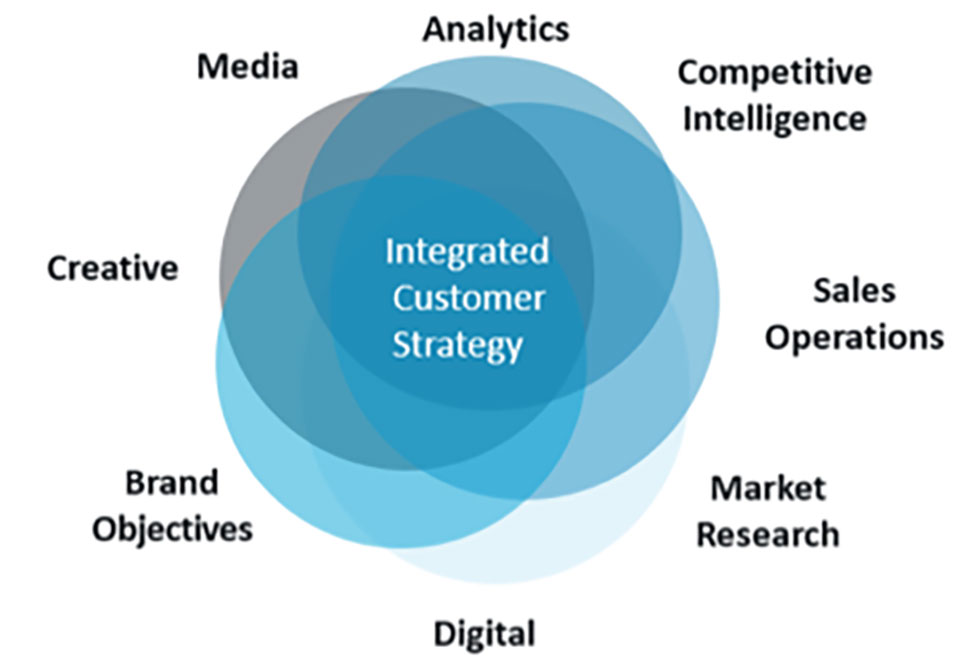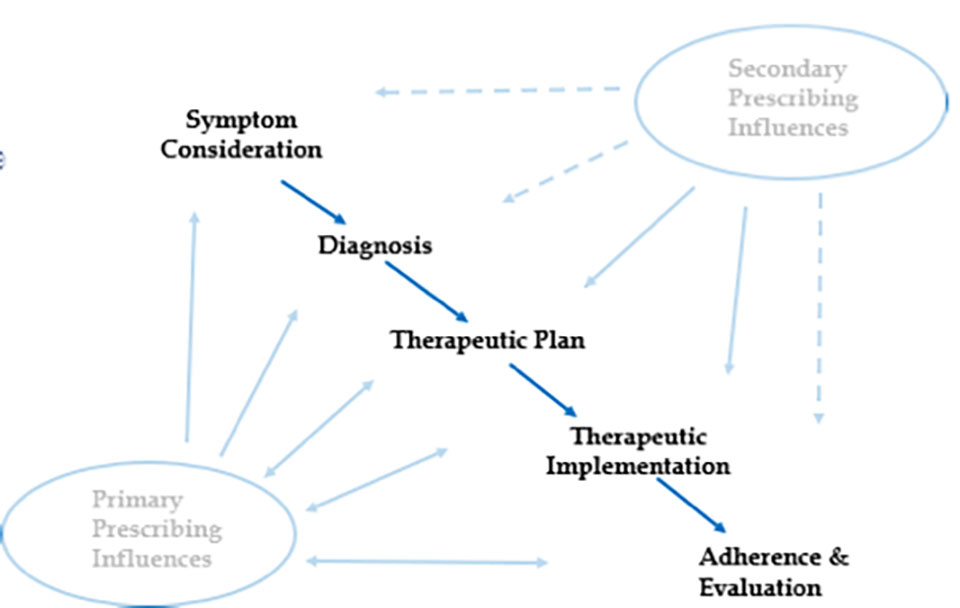Kent Groves, PhD; SVP, Strategy Practice Lead, Global Health, Merkle
Julia Stern; Senior Associate, Health Strategy, Merkle
Integrated, Multi-Channel Healthcare Strategy
You don’t have to be an experienced marketing professional to understand the complex, multi-channel nature of today’s advertisements. Consider the messages you see every day: a product banner follows you to different websites; a brand email reminds you about a sale happening at a store you recently visited; a message bot checks in to ask about a purchase you abandoned in your digital cart.
Integrated marketing strategies are no longer a futuristic concept – they are essential for marketers to keep up with consumers. As the public becomes even more empowered and digitally savvy, marketers must stay one step ahead to create a seamless and impactful experience. When it comes to healthcare marketing, decision making not only involves patients, but also healthcare professionals (HCPs) and caretakers who can act as gatekeepers for the end user. By recognizing the qualities of each of these groups and navigating their relationships, healthcare marketers have the opportunity to create integrated messaging (IM) strategies that are efficient and relevant for every stakeholder in the journey.
When considering the integrated messaging approach, we need to acknowledge that an initial strategy aggregates insights and information and provides a clearly articulated, insights-driven area of opportunity for all brands and services. Strategy further defines the unique and coordinated plan for a given target and creates an integrated messaging experience for each audience.
This approach is cyclical, forever iterating and improving by leveraging data and insights from cross-functional teams to interpret concrete learnings.
 Figure 1: Integrated Marketing Cross-Functional Teams
Figure 1: Integrated Marketing Cross-Functional Teams
While the thought of coordinating this process across patients, HCPs, and caregivers may seem overwhelming, tapping into the pain points of these groups can provide informed direction, and is as simple as:
- Asking your customers how they want you to talk to them.
- Focusing your planning around being responsive to customer actions.
- Being flexible in how and when you deliver messages and offers.
- Interacting with people in a prescribed manner that allows them to derive their own path to your relationship.
- Rewarding that relationship with better experiences.
Special consideration should be given to stakeholders’ channel preferences. Given that less than 45% of all HCPs will allow a pharmaceutical representative in the door, it is critical to measure and capture their channel engagement, quantifying input from their actions and measuring and acknowledging the impact of the correct action. By targeting with multiple tactics/channels and truly understanding the synergy between them, we can better understand their impact on each other and on HCP prescribing behavior. Conversation is measured through actions and engagement across multiple channels, from social media and e-mail to microsites and online forums.
Once the many layers of data have been gathered for each stakeholder, individual journeys can be designed to ensure that you are delivering a timely, relevant, and influential message. The standard HCP prescribing journey is impacted by several primary influences that include age, gender, and education, and secondary influences including practice characteristics and peer input.
 Figure 2: HCP Prescribing Journey
Figure 2: HCP Prescribing Journey
Sending messages based on a target’s previous communications with you allows them to choose their path with your value proposition, ensuring ownership and value. This approach not only works for you as you move the HCP further along the journey from trialist to loyalist, but also rewards the HCP, as they receive the information they need to continue to prescribe, educate, and support their staff and their patients.
It is critical to do what is right for the customer based on interpretation of their actions. Through evaluation of everything from call plan metrics to the cadence of your tactics, the derived learnings serve to align and inform your approach with the end goal.
The healthcare communications landscape is multifaceted and mercurial. Key stakeholders each have their own winding journeys that intersect at multiple points. By being flexible, understanding the key components of your strategy, creating a rich bank of research and data for your three “consumers,” understanding their channel preferences, and creating multi-branched journeys that build off their prior actions, you will be able to form a powerful integrated messaging strategy. One that guides patients, caregivers, and HCPs seamlessly to the information they want and that you want them to see.

